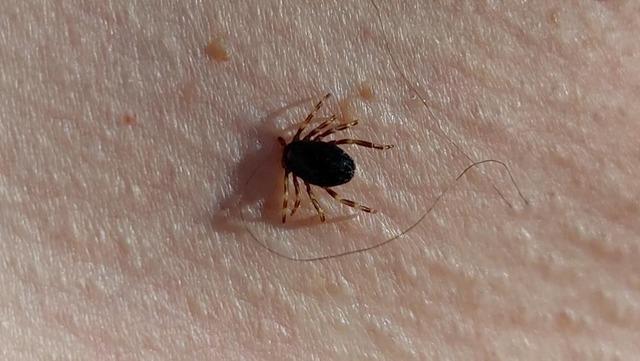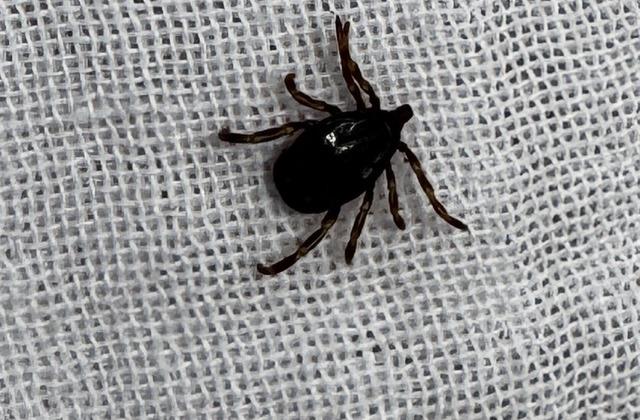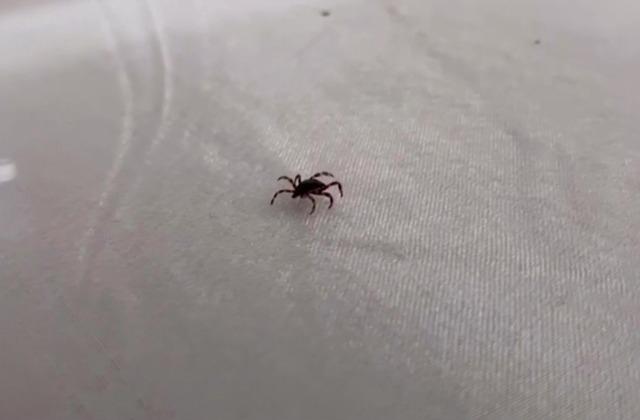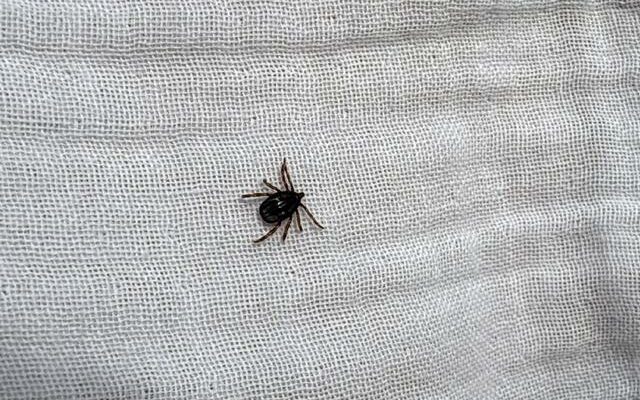To understand the cause of the disease and find the virus responsible for the disease, researchers sequenced genetic material from a blood sample. They found a previously unknown virus. This virus is a close relative of other tick-borne viruses, including the dangerous Crimean-Congo hemorrhagic fever virus, and has a 30% mortality rate.
According to the news in Sciencealert, this virus, defined as ‘Wetland virus’, is a member of the orthonairovirus genus in the Nairoviridae family.
The research team screened other patients who developed acute fever a month after a tick bite in northeastern China and detected 17 more cases of wetland virus, confirming that the virus was widespread in the region.
VIRUS WAS DETECTED IN SHEEP, PIGS AND HORSES

The team conducted a large-scale ecological study to understand the source of the wetland virus.
In addition to ticks living in the region, livestock and wild animals were also examined. As a result of the studies, the virus was detected in sheep, pigs and horses. This suggests that farm animals may be carriers of wetland virus.
So far, the wetland virus has only been found in northeastern China. However, it is thought that the virus may be much more widespread, since the tick species that play a role in transmitting the virus has a much wider distribution in Europe and Asia.
TICK-BORNE DISEASES

There are several reasons for the increase in detection of new tick-borne diseases.
First, many tick-borne diseases have nonspecific symptoms such as fever, headache, and fatigue, making them easily confused with other common diseases. Additionally, tick-borne diseases are not contagious, so they do not occur in pandemics like COVID or flu.
Taken together, these characteristics make it very difficult to detect a tick-borne disease the first time. However, new genetic sequencing techniques, including the one used to identify wetland virus, have made it easier to detect new pathogens.

Second, even if a new pathogen is detected in a patient, it is not always easy to attribute it to ticks. Many people do not notice even if they are bitten by ticks.
Ticks are small and usually attach to our skin in hard-to-control places like the back of our legs. Additionally, we do not feel a tick bite like a mosquito bite. Many patients with a tick-borne disease have no memory of being bitten.
DO THESE TO BE PROTECTED
To protect yourself from tick-borne diseases, you should wear long pants and use repellent sprays when hiking and camping in grassy and forested areas. When you return home, check yourself and your pet thoroughly for ticks.
If you are bitten by a tick, you should go to hospital as soon as possible.
